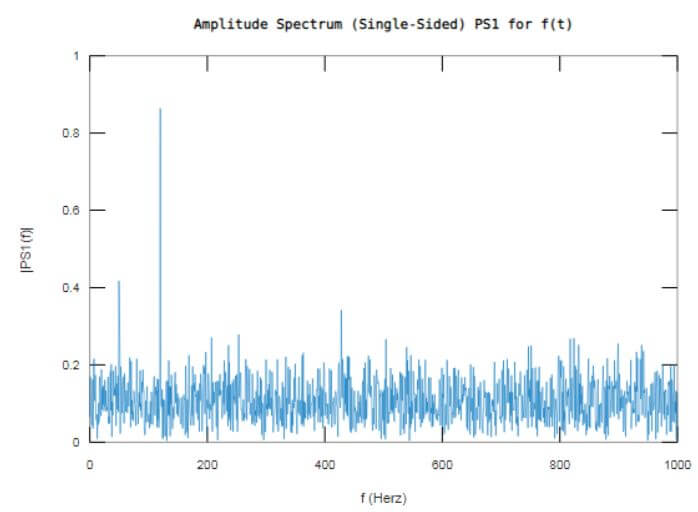
In the following script, the file "filename" is read by blocks ofĥ000 rows.
#Scilab fft example how to
The following script shows how to remove lines with regexp argument Define a matrix of strings Astr = // Create a file with some data separated with commas filename = fullfile ( TMPDIR, ' foo.csv ' ) sep = ", " fd = mopen ( filename, ' wt ' ) for i = 1 : size ( Astr, " r " ) mfprintf ( fd, " %s\n ", strcat ( Astr ( i, : ), sep ) ) end mclose ( fd ) // To see the file: edit(filename) // Read this file Bstr = csvRead ( filename ) // Create a file with a particular separator: here " " filename = fullfile ( TMPDIR, ' foo.csv ' ) sep = " " fd = mopen ( filename, ' wt ' ) for i = 1 : size ( Astr, " r " ) mfprintf ( fd, " %s\n ", strcat ( Astr ( i, : ), sep ) ) end mclose ( fd ) // // Read the file and customize the separator csvRead ( filename, sep ) The header and/or commented rows (when requested). The block is selected on actual data, after removing Of floating point integers, with lastRow ≤ 2e9 and lastColumn ≤ 2e9: Good online page explaining the syntax of regular expressions). If it is needed in the expression's body, it must be The same character is expected as delimiter at the beginning and at theĮnd of the string. Matching the expression are considered as comments. Every occurrence of a searched string in the file isĪ string specifying a regular expression (default: ). Xfft(A,sign,dims,incr ,option) isest une syntaxe ancienne qui permet aussi de calculer efficacement les transformes directes ou inverses de toutes les 'tranches' de A La slection des 'tranches' se faisant par la donne des dimensions et des incrments associs chacune des dimensions. The second column substitute(:,2) contains the Substitute(:,1) contains the searched strings and substituteĪ m-by-2 matrix of strings, a replacing map (default = , Note that read_csv has "string" as default. "string" or "double" (by default): Specifies the type of the output decimalĪ character: the decimal symbol used in numbers (dot or comma). separatorĪ single string: the field separator used. In this article, we will show how to use DSP management tools.A single string: the file path. We will show FFT example where the analog signal is generated on analog output and acquired with DSP management functions. MicroDAQ toolbox provides macros for managing DSP execution, a user can load DSP binary from Scilab script, register signal, read data from running DSP application and terminate its execution.
#Scilab fft example code
You may copy the below code and save the file in the Example1 directory. This way application can be divided into a real-time part, which is executed on MicroDAQ DSP and script which allows using all Scilab functions for calculations. The FFT calculation is coded in a Scilab script file called calculatefft.sce. The FFT example uses Xcos generated DSP application and Scilab FFT function which calculates FFT from real-time data.

Our application will calculate FFT from real-time DSP data., we will start from creating example model which generates analog signal with two sine waveforms with different amplitude and frequency. The diagram contains two sine waveform generators which output is added and passed to DAC block.

Then we use ADC block to read analog samples from DAC (analog input and output should be wired). Data from ADC block is passed to SIGNAL block which sends data to host and this data can be read from Scilab script. Our model will run with 5kHz.Īfter model creation, we generate DSP application by selecting Tools->MicroDAQ build model. Running DSP application from Scilab script The resulting application will be used in Scilab script for FFT calculation. MicroDAQ toolbox for Scilab provides macros which manage DSP execution.


 0 kommentar(er)
0 kommentar(er)
